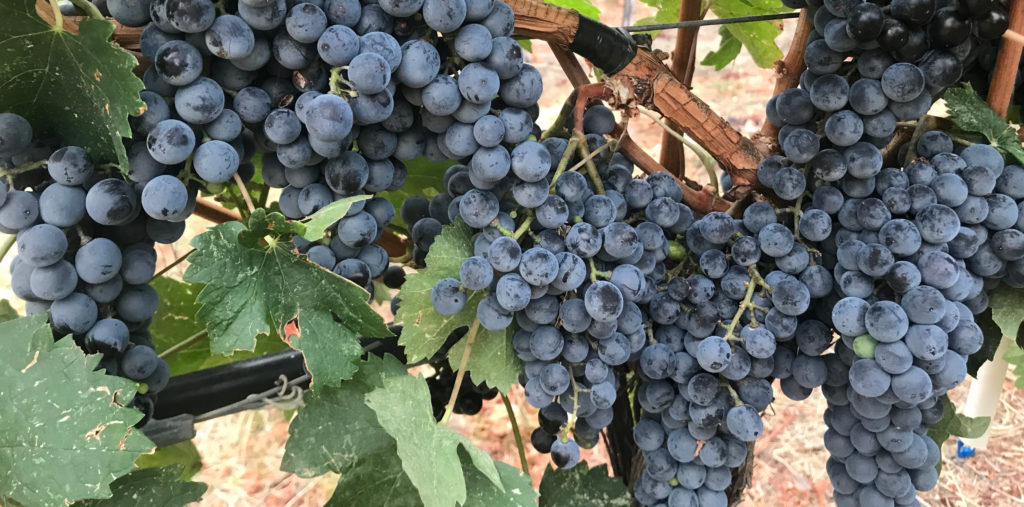Wine: Nature, climate, farming, chemistry, art, science and passion. Terroir. But it’s also business.
by Tania Tomaszewska –
As consumers, we often don’t focus on business decisions and pressures facing winery owners before that vino sees your glass. So many different elements are required behind the scenes to make this product. I’m often asked whether we get good value when buying B.C. bottles. Generally I think we do, especially when considering the local market context in which our producers are operating. It’s about looking at what it takes to physically make that elixir, how it’s produced in accordance with the vision and values of the wine business owner and various barriers.
For the most part, wine is a passion project. After all costs, expenses and input efforts are said and done, there’s typically not much left for the maker (especially during say the first five years of a new winemaking enterprise). These days, if you buy a bottle of B.C. wine with a price tag of $20 to $25 there might be between $8 and $12.50 left for the business owner after taking into account direct production costs to make that bottle, relevant taxes and government markups (if applicable). And that’s before more dollars from that bottle sale are allocated to pay other necessary business costs. This calculation varies depending on the maturity of the business, production volume, nature of the business asset-ownership, and whether the winery is selling direct to consumer or through a store. But you get the idea.
And don’t forget Mother Nature’s role in all of this. No one year is the same.
So next time you raise a glass, perhaps ponder a few of the other ingredients mixed in with the grapes and yeast.
Land: Dirt’s not cheap in B.C. and prime vineyard land is going up in cost. Does the business own or the lease the land? Are they converting it from orchard or another use to grow grapes? Financing and development costs come into play.
Grape and vineyard management: Buying, planting and taking care of vines. It usually takes at least three years for a new vineyard to produce grapes for quality wine. That’s a long time to wait if you don’t have other product to sell. Winemakers buy grapes from independent growers if they don’t cultivate their own or need to supplement their own supply.
Winery production facilities: You need space to sort, press, crush, ferment, age, bottle and store wine (and maybe even host some tasters in a tasting room). Wine business owners can lease “custom-crush” facilities or engage other wineries to process grapes for them.
Equipment: Bins, vats, pumps, sorters, presses, tanks, barrels, racks, fork-lift, as starters … .
Time/Opportunity Cost: Ageing in barrels? You won’t make anything off them while they’re resting and you need climate-controlled space to store. French oak? $1,000 for a new barrel.
Organic or biodynamic farming: Aside from extra time and cost involved to get certified, there are business choices which can come up during farming. If organic sprays or treatments may not effectively deal with a terrible blight affecting your vines or grapes during a season, what do you give up?
Bottles, closures, labels: Cork, screw-cap, glass closure?
Distribution: Getting the bottles to market.
Consultants and Labour: Winemaker (if that’s not you), pickers, cellar hands, agents, marketing/website development, lawyers, accountants, licensing experts … .
Licences, Fees and Taxes: Winery and business licences, VQA-related costs (if applicable) and the big ticket items of the B.C. government markup (if you’re not selling direct to consumer) and taxes (GST and PST).
Blood, sweat and tears.
Queries or comments? Tania would love to hear from you! Email
tania@ttwineexplorer or message on Instagram: @ttwineexplorer.
Photos courtesy Tania Tomaszewska.




